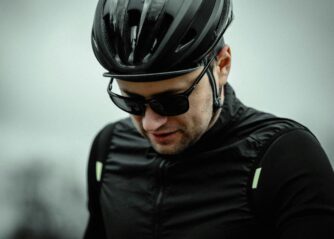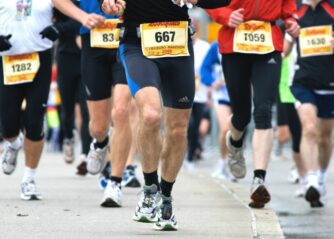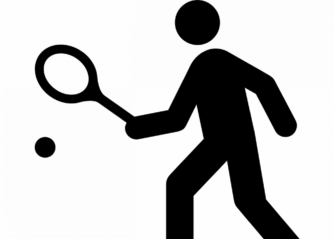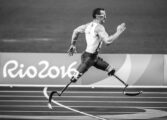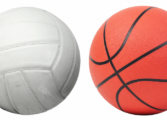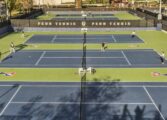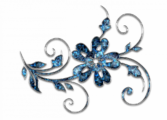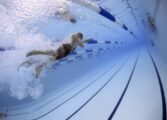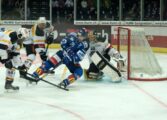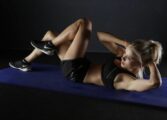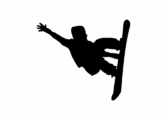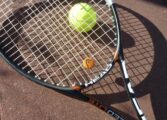Paralympics Curling Sweden: Empowering Athletes with Disabilities

Introduction:
Paralympics Curling Sweden is an extraordinary sporting event that showcases the incredible talents of athletes with disabilities. This article aims to provide a thorough overview of Paralympics Curling in Sweden, including its different types, popularity, quantitative measurements, differences between them, and a historical perspective on their advantages and disadvantages.
I. Paralympics Curling in Sweden: An Overview
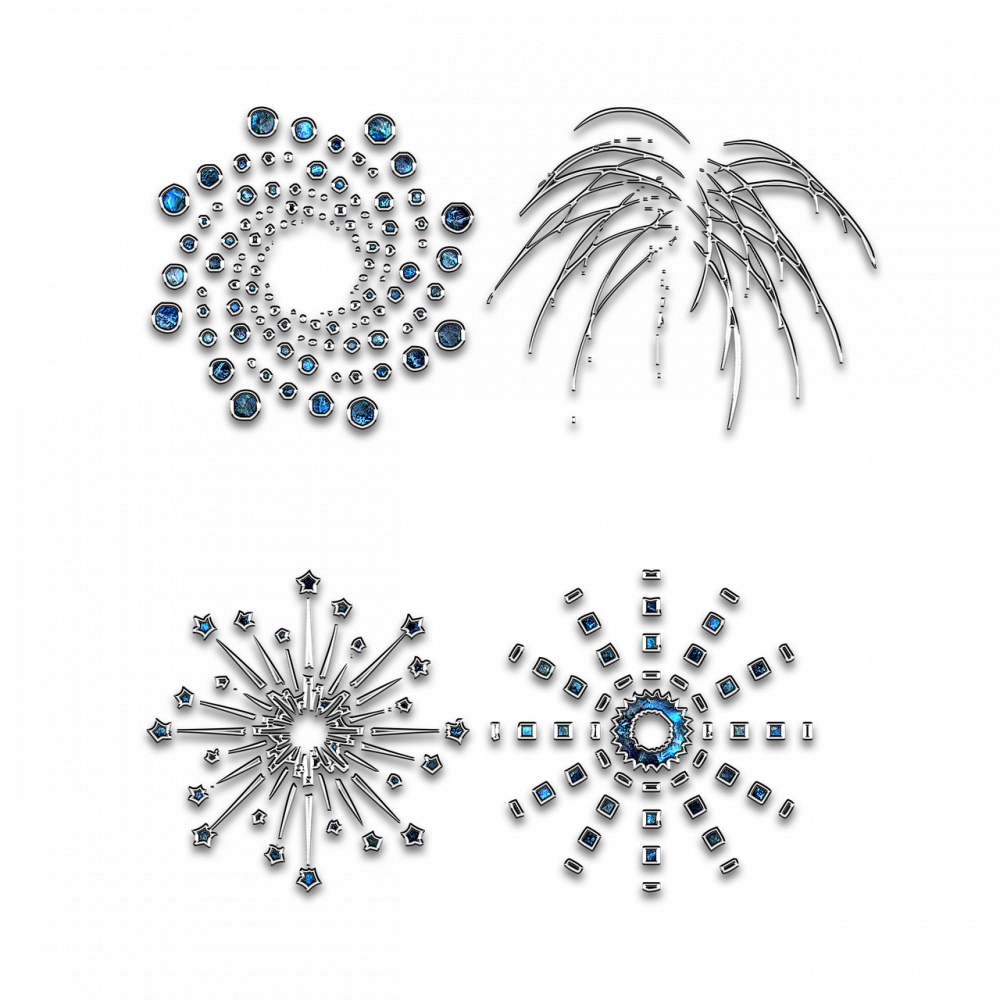
Paralympics Curling in Sweden is a branch of the Paralympic Games, which provides a platform for athletes with physical disabilities to compete at an international level. It involves wheelchair-bound athletes who use sweeping techniques to propel stones towards a target area on ice. Paralympics Curling has gained immense popularity in recent years due to its inclusivity and the remarkable skills displayed by its participants.
II. Types of Paralympics Curling in Sweden
1. Standing Curling:
In standing curling, athletes with balance impairments compete using special stabilizing apparatus while delivering the stones. This category allows participants with different disabilities to engage in the sport, showcasing their physical abilities and strategic prowess.
2. Wheelchair Curling:
Wheelchair curling is the most common form of Paralympics Curling in Sweden. Athletes compete while seated in specially designed wheelchairs, propelling the stones using their arms. This category is highly popular as it provides opportunities for individuals with various physical disabilities to participate on equal footing.
III. Popularity and Reach of Paralympics Curling in Sweden
Paralympics Curling in Sweden has seen a significant rise in popularity, both on a national and international level. The sport has garnered widespread attention and support due to its emphasis on inclusivity and the incredible sporting abilities of its participants. Through television broadcasts and live streaming, Paralympics Curling has captivated audiences worldwide, further promoting its growth and visibility.
Quantitative Measurements:
To assess the impact and reach of Paralympics Curling in Sweden, we can highlight a few key quantitative measurements:
1. Participation Rates:
The number of individuals participating in Paralympics Curling events has been steadily increasing over the years, reflecting the sport’s growing appeal among disabled athletes in Sweden.
2. Spectator Numbers:
The attendance and viewership of Paralympics Curling matches have also seen a significant rise, indicating increased interest from the general public. This surge in support contributes to the overall success and recognition of the sport.
IV. Differences Between Paralympics Curling Types
Although different types of Paralympics Curling in Sweden share similar goals and principles, there are some notable differences between standing curling and wheelchair curling:
1. Required Adaptations:
Standing curlers require specialized stabilizing apparatus, allowing them to maintain balance while delivering the stones. In contrast, wheelchair curlers rely on specially designed wheelchairs that enable them to maneuver on the ice.
2. Techniques and Strategies:
Due to the differing physical capabilities and limitations, standing curlers and wheelchair curlers employ distinct techniques and strategies. Standing curlers emphasize balance and stability, while wheelchair curlers focus on arm strength and coordination.
V. Historical Perspective: Advantages and Disadvantages
Throughout its history, Paralympics Curling in Sweden has experienced both advantages and disadvantages. Understanding these can provide insights into the challenges and progress made within the sport:
1. Advantages:
– Increased visibility and recognition for disabled athletes.
– Promotion of inclusivity and diversity.
– Enhanced awareness and understanding of disabilities.
– Development of adaptive and inclusive sporting equipment.
2. Disadvantages:
– Limited media coverage compared to traditional curling.
– Struggles with funding and resources.
– Lack of awareness and knowledge among the general public.
– Need for continued efforts to ensure accessibility and equal opportunities.
Conclusion:
Paralympics Curling in Sweden is a remarkable sporting event that empowers athletes with disabilities while promoting inclusivity and equality. Its different types, popularity, quantitative measurements, and historical perspectives highlight the significant advancements made in the field. As Paralympics Curling continues to evolve, it brings inspiration to individuals with disabilities worldwide and encourages the integration of adaptive sports into mainstream society.
